What Is A Solar Farm? How Do Solar Farms Work?
-
Pete Ortiz
- Last updated:
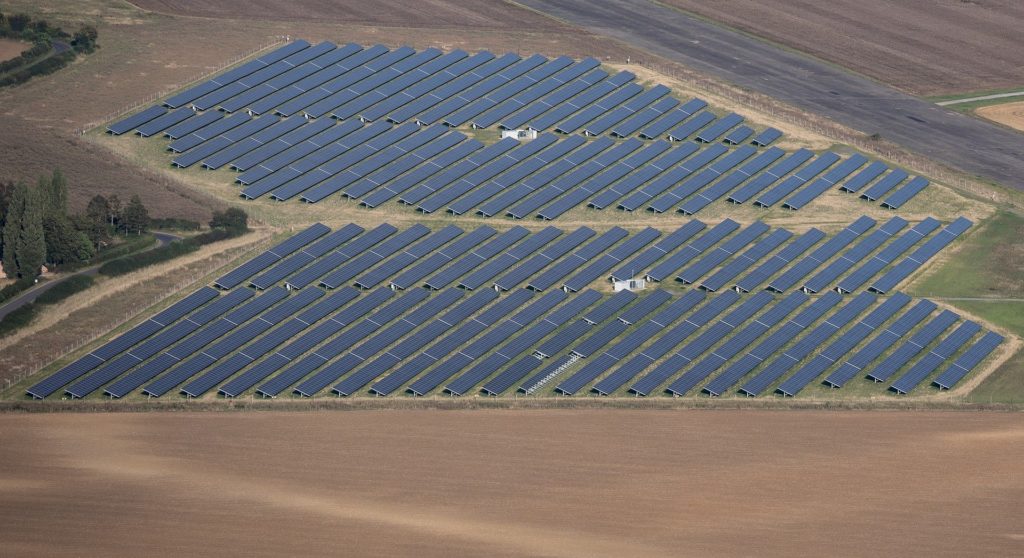
Solar energy is the talk of the town today. International moguls and Fortune-500 companies are investing in this forward-thinking technology, looking to benefit from it in the future. But what is solar energy, exactly? And how do these farms work? A solar farm is a “plantation”—an assembly of photovoltaic panels that convert sunlight into electricity. By absorbing energy from the sun and transforming it into electric power, they can feed an entire grid.
Solar farms have already proven their efficiency in dozens of countries and are only about to get bigger. Also known as PV power stations, they have huge potential not only for developing nations but for well-developed countries as well. What are the most common types of solar farms? What are their benefits? How much can you earn? Stay with us, and you’ll find out!
| Solar Energy Profit | $21–42K per acre |
| 1 MW Solar Farm Cost | +/- $3 million ($3.20 per watt) |
| Approximate Installation Time | 2–3 months per 2 MW |
| Licensing Approval Time | 2–4 months (in the US) |
| Estimated Pay Off Time | 8 to 10 years with ROI of 15% |
| Average Lifespan | 25 to 30 years |
Solar Energy: Endless Opportunities
In the US, solar panels aren’t a rare commodity anymore. They’ve been taking over the country for a while now. You can see gigantic government-funded farms that electrify entire blocks, commercial fields, and even “domestic” solar farms in many backyards. Over the last decade, solar energy production has seen a 49% increase, and it’s only about to get bigger.
According to recent research done by Harvard, every hour, the sun releases enough energy to power the entire planet for a year. However, in 2020, only 4% of global electricity on earth came from solar panels, with Australia being the undisputed leader (7.5%). So, yes, there’s more than enough room for growth. What is solar energy, though? How do photovoltaic (PV) panels generate so much pure electricity? Let’s talk about the details!
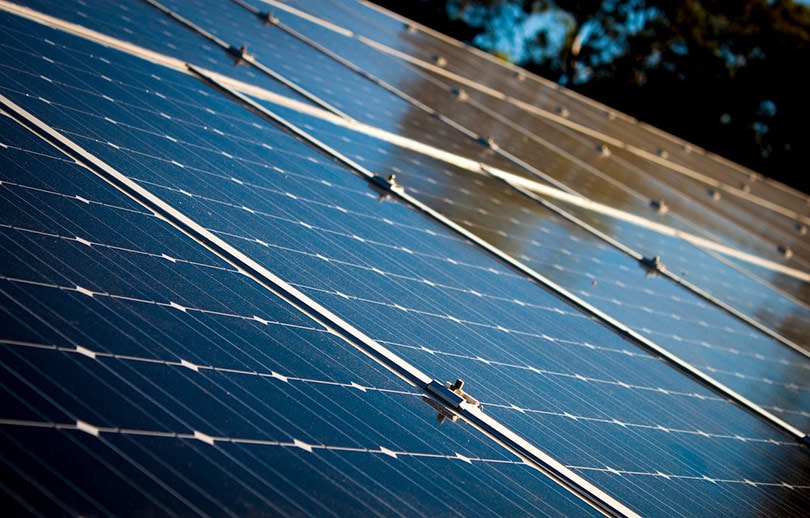
How Does It Work?
The concept is relatively simple. Solar energy is produced by solar panels. These devices are specifically designed and engineered to absorb sunlight and transform it into electric current. And, the more panels the farm has, the more electricity it will be able to generate. The sun is a gigantic non-stop nuclear fusion reactor, and it generates pure energy. That energy, in turn, reaches the earth through UV rays that solar panels absorb.
So, what’s the science behind photovoltaic systems? AKA the PV cells, or PV systems, photovoltaic solar cells are the core of PV panels, but they’re rather basic in design. Essentially, we’ve got a pair of silicone sheets sitting on top of each other. The first sheet is positive, while the other one is negative (yes, just like in a battery). When joined together and exposed to the sun, these cells generate energy (electrical current, to be exact).
And one single solar panel is made up of dozens of PV cells. Now, solar energy is a rather complicated technology. But, in simple terms, this is exactly how it works. There are also the so-called Concentrating Solar Power (CSP) plants, but they’re not nearly as popular or easy to set up.
Types Of Solar Farms
Right now, the market is dominated by two types of solar farms, and they’re not that different from each other. For the most part, it all comes down to the size and power capacity. Read on to learn more about the similarities and minor differences between utility-scale and community farms.
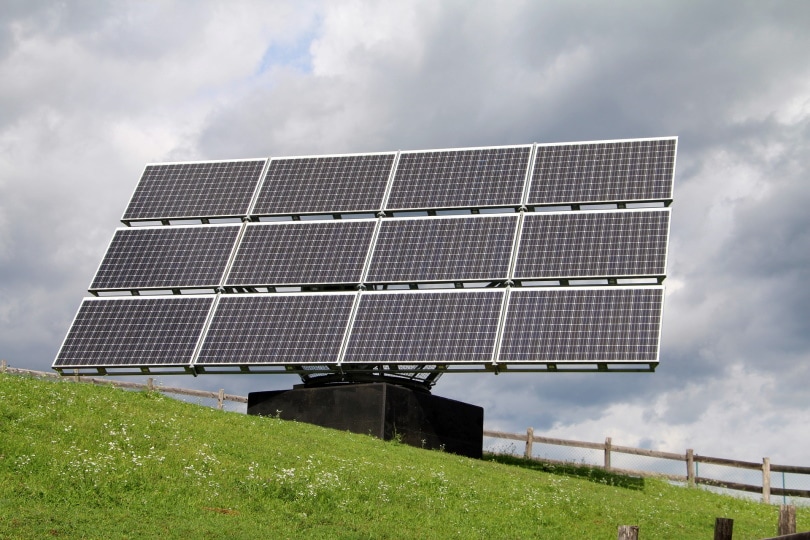
Utility-Scale Solar Farms
This term is used to describe gigantic fields occupied by thousands of solar panels. We’re talking about huge investments and setups that stretch for miles. These farms are connected to power lines that distribute the power generated (or, rather, absorbed) by the panels to the local grid. The grid, in turn, spreads it between the households on the block.
Usually, the grid belongs to the local government. Or, it can be a private company that has a contract and permission/legal right to handle energy distribution in the area. To put things into perspective: a 100–megawatt solar farm can successfully supply up to 30,000 homes. On average, when properly maintained, these farms can go on for up to 30 years.
Community Solar Farms
So, what defines a “community farm”, exactly? Well, if the number of panels is relatively small, but they can still generate +/- 5 MW of electricity, that will be referred to as a community solar farm. Smaller-scale farms have proven to be quite effective and efficient in the US. The participants receive their fair share of solar energy and can even get discounts if they invest in the farm. This depends on the local laws and incentives, of course.
The best thing about community farms—the energy that they produce is shared between houses and apartments in the nearest proximity. So, even if the grid goes down, they’ll have a higher chance of keeping the lights on. With utility-scale farms, in contrast, the generated electricity has to travel much longer distances (like dozens of miles) before it reaches the destination(s).
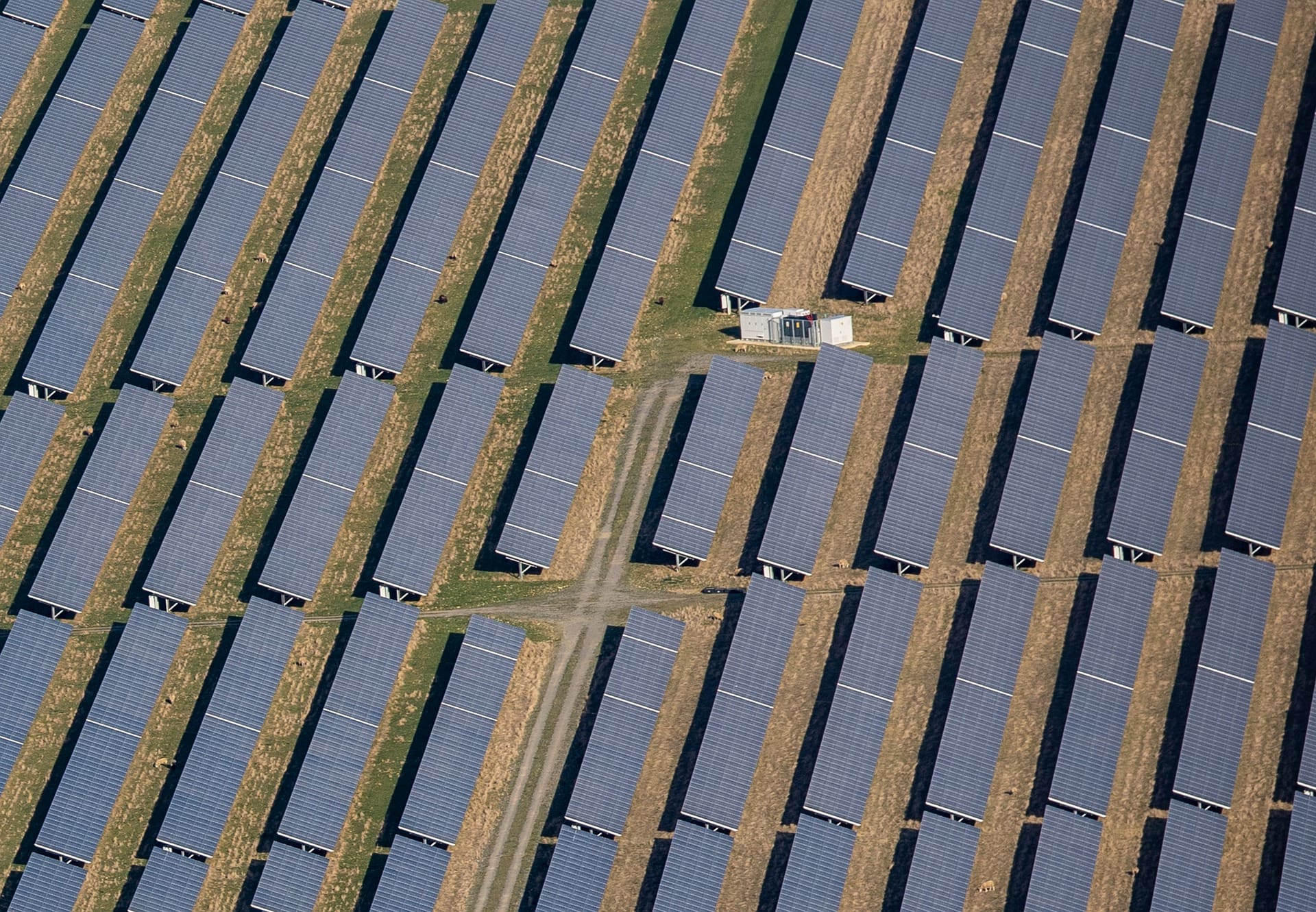
How Long Does It Take To Set Up A Solar Farm?
The good news is you won’t have to spend more than three months to start a solar energy farm. We’re talking about a ground-mounted farm, one that generates roughly 2 MW DC. The installation process is fairly simple. Contracting, however, tends to take a bit more time (up to four months to get a proper license in most states). Make sure to contact local authorities to get an accurate estimate.
Before you’re allowed to officially start a business on solar energy, you’ll be asked to submit your plans not only to local regulators but to federal and state institutions as well. In 2020, we got more than 230,000 US citizens working at 10K+ companies involved in the solar industry. So, hopefully, the laws will change to satisfy the rising need for solar energy, and it will take less time to get a license.
How Much Do Solar Farms Cost/Make?
Solar energy takes a lot of time to pay off for itself. Let’s just put that out there. Right now, the price of one watt of solar farm-generated energy is $3.20. So, for a solar farm that generates a megawatt, you’ll have to invest about $3 million. Yes, it’s pretty steep. So, what about the profit? You can expect to earn up to $42K per acre of land, with $30–33K being the “sweet spot”.
On average, in the US, it takes a properly installed farm 10 years to pay itself off and start making a profit. However, you can see a return of investments much sooner if the farm is set up somewhere in Arizona, Nevada, Texas, or California. Look for a place with at least 75% of sunshine (during the day, of course). Say, in Yuma, Arizona, the panels will receive up to 90% of sunlight.
This is important: if you’re serious about having a solar farm but don’t have the budget for it yet, there is a solution. We’re talking about leasing. There are lots of options on the table for people who want to get into it but would like to get a “test drive” before investing their hard-earned money. Or, you can take advantage of the investment tax credits (ITC) program. Right now, it provides a 26% discount on solar panel installation.
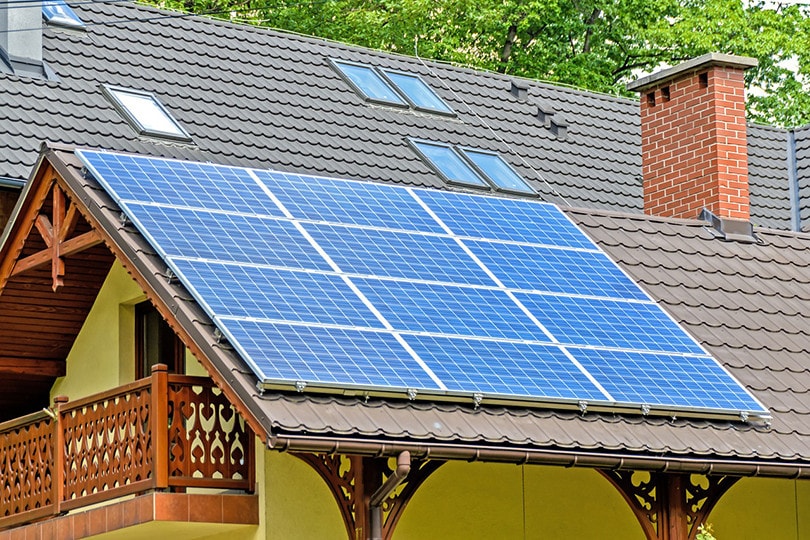
Things To Keep in Mind
Before you invest in a solar farm, there are some important things to consider. We’re talking about the land, the quality of the soil, and, of course, the amount of sunlight the panels will get:
- The Land – Roughly speaking, if you have 100 square feet of land and enough panels, they will generate up to 1 kW of solar energy. Therefore, if your goal is 1 MW of solar energy, you’ll need at least 100K square feet of land, which equals 2.5 acres.
- Soil Quality – The soil needs to be stable, easy to build on, and resistant to environmental factors. Obstructions (trees, roots, bushes, rocks, or debris) will prevent you from using the land to the fullest.
- The more trees or buildings you’ve got in the vicinity, the less sunlight the panels will get. And, for this project to be successful, it’s vital to get as much solar energy as possible.
- Proximity to the Grid – If the grid is too far away or the infrastructure to connect to the power line is simply not there, you shouldn’t build a solar farm in that area.
Environmental Impact
Initially, the solar power project was launched to compensate for the shortage of fossil fuels—the number one energy source on the planet for now. But, over time, renewable energy (solar plus biomass and wind) has turned into humanity’s answer to the challenges of climate change. So, on the one hand, the global interest in solar farms is commercial. At the same time, conscious governments and businesses are choosing it for the environment.
Thanks to a dramatically reduced carbon footprint, solar energy has the potential to save almost 260 billion dollars by 2050. And by battling pollution, this technology can save roughly 170 billion dollars on environmental damage. On top of that, by slowly switching to solar panels, we’ll be able to take some of the stress away from international energy grids. They are under lots of pressure right now.
 Conclusion
Conclusion
When used properly, solar farms can be a great investment. While this is a brand-new technology, and it has a long way to go, world powers like China, India, Germany, and, of course, the US are already calling solar farms the future of green energy and an eco-friendly project. Right now, there aren’t nearly enough photovoltaic power stations on the planet. They cost a lot and take time to engineer.
It’s obvious that solar farms aren’t going anywhere, though—they’re here to stay. Today, we talked about the very essence of solar farms, how they work, how much profit they make, the pros, cons, etc. If you want to learn more about this fascinating renewable energy technology, make sure to check our other posts on the topic!
Featured Image Credit: Pixabay
Contents


